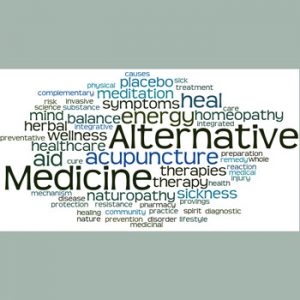
More evidence that low-calorie sweeteners are bad for your health
Studies show that artificial sweeteners can raise the risk of hypertension, metabolic syndrome, type 2 diabetes and heart disease, including stroke.

Reflexology is an ancient healing tradition found in many cultures and based on the principle that all parts of our body are connected by energy pathways which end in the hands, feet and head.
A reflexology treatment uses pressure massage on specific areas of the feet to stimulate healing in the corresponding organs, glands and structures. This releases areas of tension and helps energy to flow more freely throughout your body.
What conditions is it used for?
Reflexology is very relaxing and provides an excellent way of releasing stress and tension. Reflexology does not claim to be a ‘cure-all’ but numerous different disorders have been successfully treated by this method. These disorders include such things as migraine, sinus problems, hormonal imbalances, breathing disorders, digestive problems, circulatory problems, back problems and tension and stress. Most people who have experienced treatment would agree that the method can be most beneficial and is also a very relaxing therapy. Its gentle nature makes it particular valuable in aiding recovery after illness, operations and fractures. Seeing a qualified practitioner gives you the opportunity to discuss your condition with a professional with years of training and experience.
What to expect
Your reflexologist will start with a detailed consultation and will then ask you to lie on the couch with your footwear removed. They’ll work on your feet, concentrating on specific reflex points to stimulate healing in certain areas of your body. As your energy flow is rebalanced, you’ll feel deeply relaxed and replenished. Reflexology is particularly effective when combined with other natural therapies including certain types of massage, homoeopathy, kinesiology and nutrition. Ask your practitioner for their recommendation.
Please subscribe me to your newsletter mailing list. I have read the
privacy statement